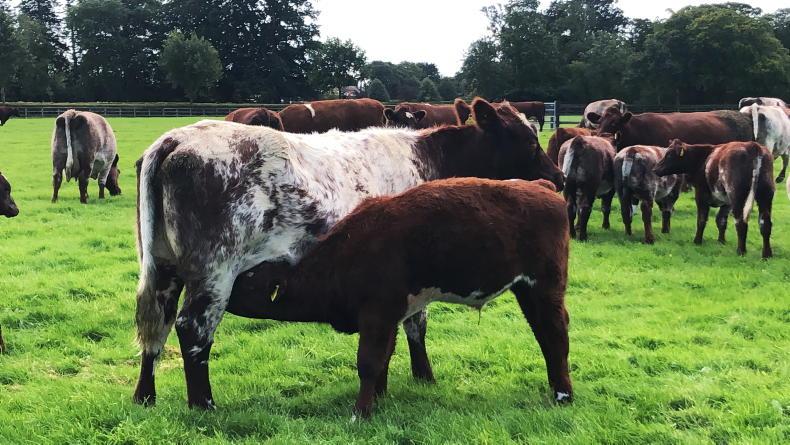Grass shortages: There is a marked difference in different parts of the country in grass growth.
On some farms there are real issues where farm cover has dropped to a very low level and grass is finding it hard to get going again.
Higher stocked farms have been hit hardest. On some of these farms gates were opened up to allow animals access a larger area to avoid housing.
Some supplementary feed should have been introduced on these farms to try to hold the rotation and keep closing up paddocks behind cattle as they move through them. When grass is eaten at very low covers it takes longer for it to get growing again so that’s why some farms are not seeing any growth.
On some southern farms ground conditions have left grazing difficult and this has meant rehousing in some cases. Try to keep growing cattle moving onto fresh grass. Cows and calves can stand a little hardship and calves have a long time to make up the lost days in growth rate if there are any.
Calculating your demand: Table 1 outlines the daily requirements for a group of stock and how to calculate it.
For example a 500kg bullock will eat 2% of his body weight so will consume 10kg DM of grass daily. If you have 20 of these grazing you will need to have 200kg of grass available every day for them. If they were grazing 10ha you would need to be growing 20kg/DM/ha/day to meet their demand.
Fill in Table 1 and compare what growth rate you need with the growth rates on farms around the country on Grass+ here. You can also see the predicted grass growth rates for next week and see how that fits into your grazing plans.
When it does change, it will change quickly. Tullamore Farm grew 90kg/DM/ha last week, up from 46 kg/DM/ha the week before. Warmer weather is forecast for next week so things will return to normal quickly. Kieran Mailey outlines some tips on dealing with grass shortages.
Parasite control: On farms where cows and calves have been grazing bare pastures since early April, farmers should be vigilant for signs of worm burdens. As temperatures pick up, worm levels will build. Calves with a high worm burden scour more than normal and it generally affects the whole group as opposed to one or two. Gut and stomach worms are more common in May and June so make sure you choose an appropriate product. Animal Health Ireland outlines best practice for parasite control in cattle here.






 This is a subscriber-only article
This is a subscriber-only article











SHARING OPTIONS: